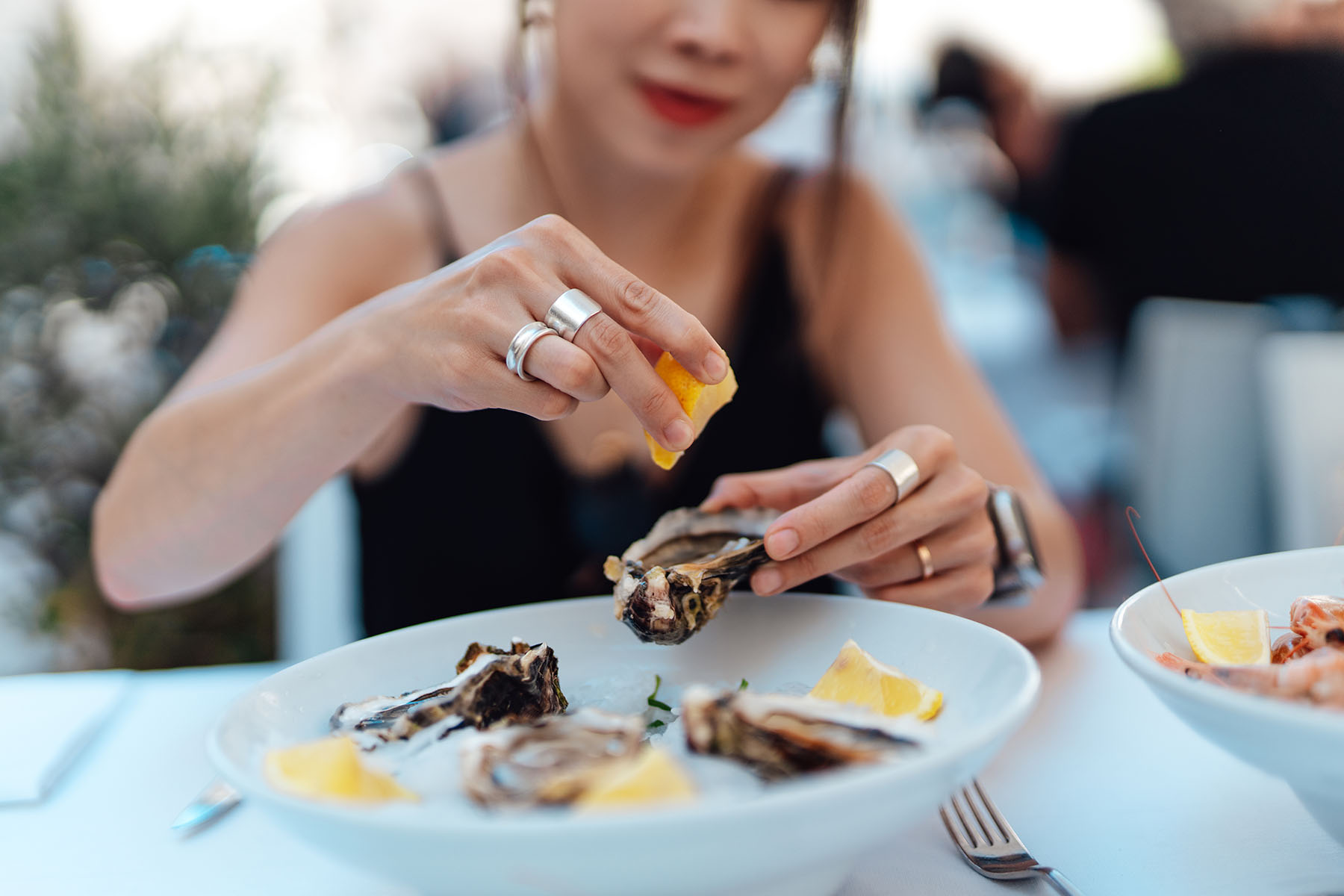All There is to Know About Raw Food Consumption

Consuming raw foods may not be your first thought when thinking about your next meal, but there are exceptions. Eating raw meats such as beef and chicken is universally known as unsafe and unappetizing. But there are raw cuisine options such as seafood and fruits or vegetables.
“When it comes to consuming raw foods, the body reacts differently depending on the type of food,” says Jessica Moya, RDN, an oncology dietitian at the University of Miami Health System.
“Raw fruits and vegetables are generally safe to eat because they have a low risk of carrying harmful bacteria. On the other hand, raw meats are not considered safe due to the potential presence of pathogenic bacteria like Salmonella, E. coli, or Listeria.”
The skin and peels of fruits and vegetables have natural protective barriers on their surface.
They act as a defense mechanism against microbial contamination. Additionally, the acidity in citrus fruits can inhibit the growth of bacteria.
“I still advise everyone to rinse all fruits and vegetables thoroughly under running water before cutting and consuming to further decrease the risk of contamination,” Moya says.
Meats have the opposite outcome as their lack of protective barriers provides raw meat with an ideal environment for harmful bacteria to grow and multiply, making it a potential source of foodborne illnesses.
What about seafood?
Miami’s proximity to the Atlantic Ocean and Caribbean Sea makes seafood a hard-to-miss item in grocery stores and restaurant menus. Assuming one doesn’t have a seafood allergy, what makes this type of food safe to eat when consumed raw such as sushi, shrimp, ceviche and oysters?
“The primary concern with raw seafood is the potential presence of parasites and bacteria. Therefore, the most effective way to avoid foodborne illness is by cooking seafood thoroughly. However, seafood intended for raw consumption often undergoes specific processing methods to reduce the risk,” Moya says.
For example, sushi-grade fish is typically deep-frozen at temperatures -4°F for nearly a week, thus effectively destroying parasites. However, freezing does not kill all harmful bacteria. In the case of ceviche, the acid from ingredients like lime or lemon juice can help denature (or take away the natural qualities of) proteins and kill bacteria, reducing the risk of contamination.
However, it’s important to note that acid alone may not eliminate all pathogens, especially parasites. Thus, using high-quality ingredients and following proper food safety practices is crucial when preparing and consuming raw seafood.
Preparing oysters for consumption is a different process, but safety is increased by subjecting them to prolonged heat before consumption. This precaution is necessary due to the potential presence of Vibrio vulnificus, a harmful pathogen commonly found in contaminated raw oysters.
Generally, thoroughly cooking foods, such as meats, poultry, seafood and eggs, is recommended.
If an individual chooses to consume raw-friendly foods, they should first know their health status.
“The frequency of consuming raw or undercooked foods should mainly depend on the individual’s overall health, underlying medical conditions and specific recommendations provided by their health care provider,” Moya says.
“It is also essential to choose high-quality sources with appropriate processing techniques to minimize the risk of foodborne illnesses. This includes selecting establishments known for their food safety practices and following local health department guidelines.”
These guidelines apply even more to immunocompromised patients, such as cancer patients, as their weakened immune system makes them more susceptible to infections, including foodborne illnesses. This can lead to severe complications and may require medical intervention. Other groups at risk for severe foodborne illness include children, pregnant women, and older adults.
Tips for consuming raw food
Are you considering heading out to eat and trying that appetizing sushi or seafood dish? Here are some recommended guidelines from Moya.
- Before making a reservation, look for information about the restaurant’s reputation, food safety practices and customer reviews related to foodborne illnesses. Check if the establishment has proper certifications and follows local health department regulations.
- Once in the restaurant, observe the overall cleanliness and hygiene of the facility.
- Ask about where the seafood came from, especially if it’s intended for raw consumption.
- If feasible, observe how the restaurant handles and prepares the food. Monitor for proper food safety practices, such as separate cutting boards for raw and cooked food and frequent hand washing by staff.
- If something doesn’t seem right, it’s best to err on the side of caution and choose another dish or restaurant.
Joseph Garcia is a Communications Specialist at UHealth.
Tags: fruits vegetables nuts, nutrition care in Miami, raw vegan diet, vegetarian diet
